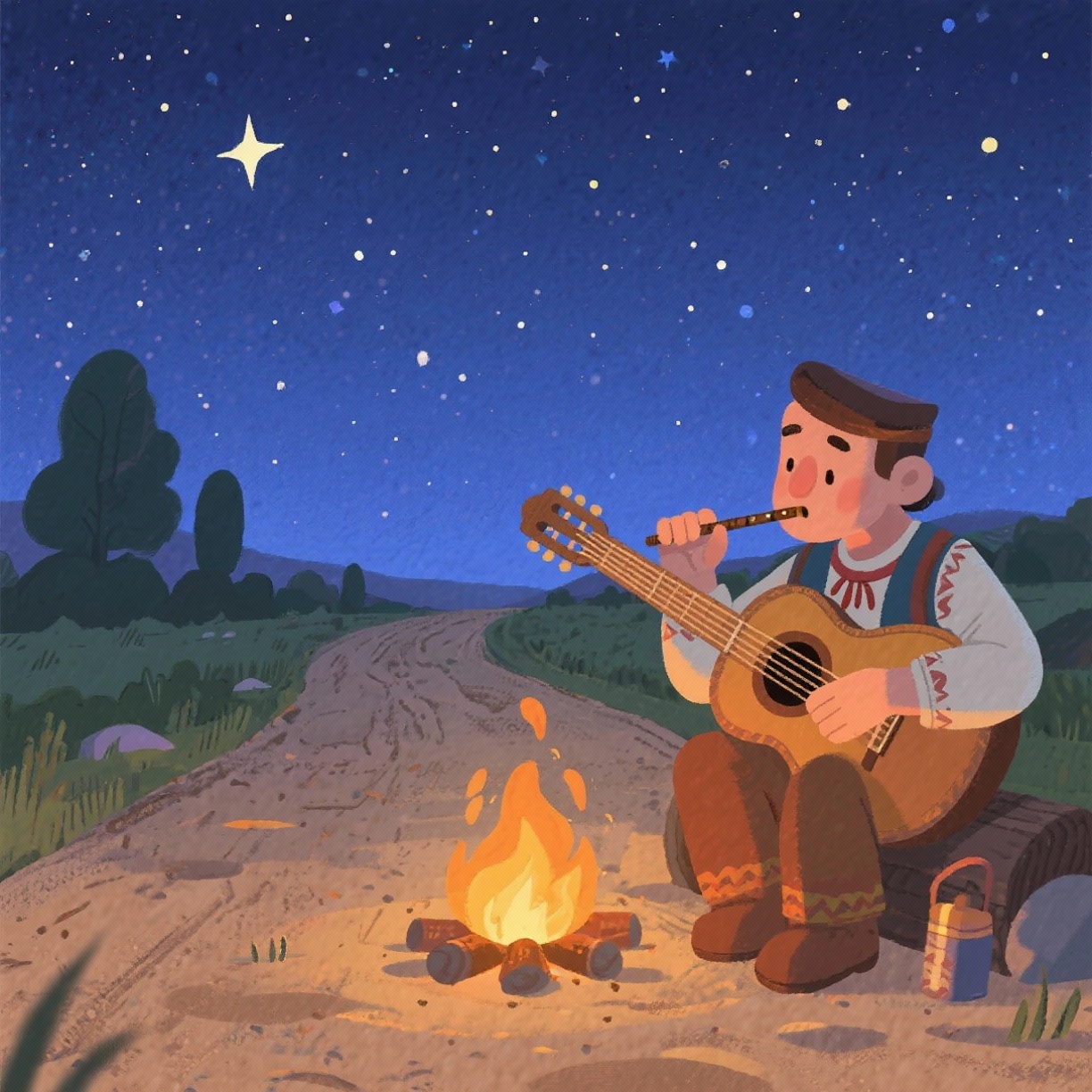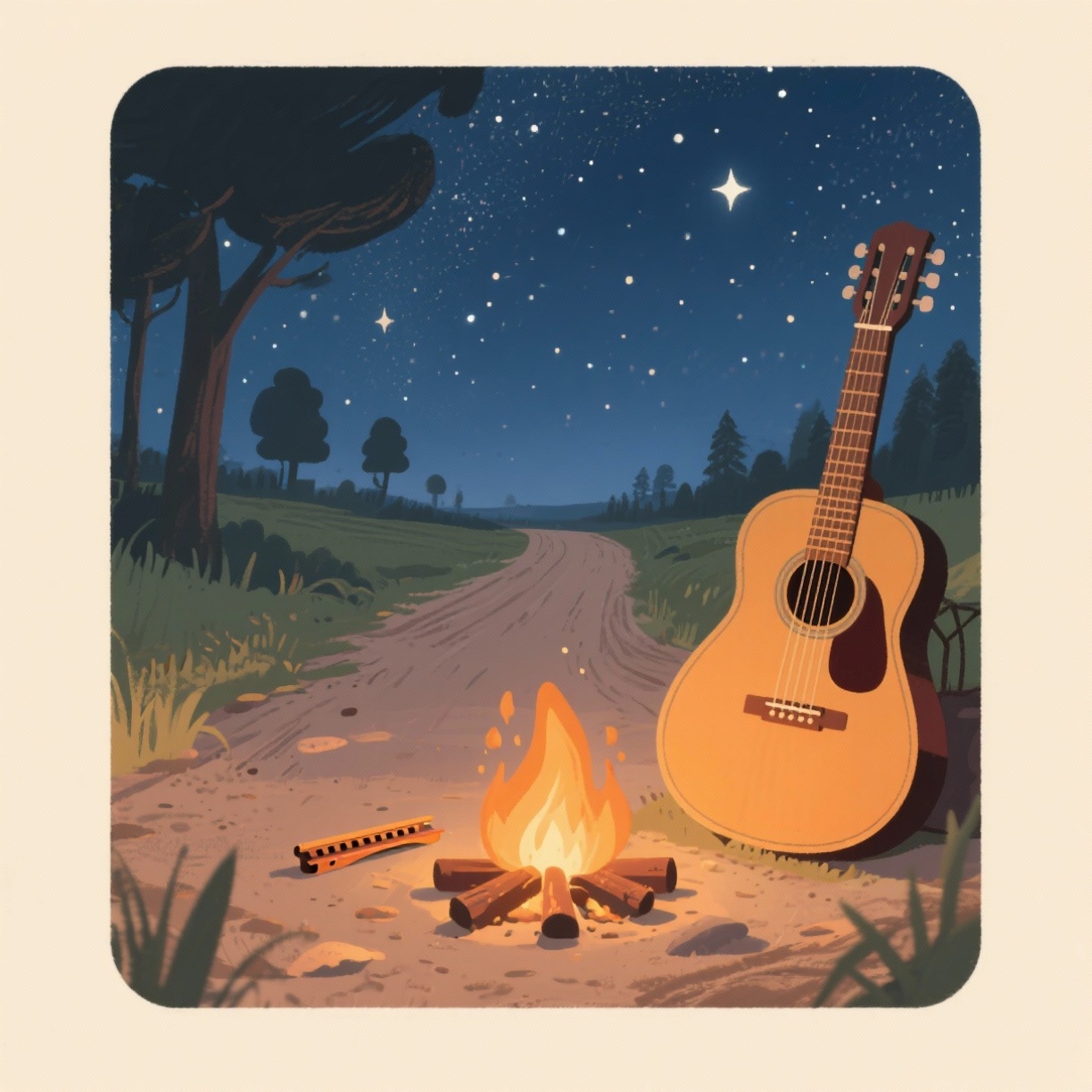
When people speak of American folk songs, they are talking about the music that grew from the soil of everyday life — the sounds of fields, mountains, railroads, and front porches. These songs are not just melodies; they are living stories that capture the struggles, dreams, and spirit of generations. The heartbeat of the nation can be heard in these humble tunes that have traveled through time, carried by the voices of farmers, travelers, laborers, and dreamers.
Roots of American Folk Songs
The origins of American folk songs stretch deep into the history of the United States. Many of these songs came with immigrants from Europe, Africa, and other parts of the world, blending into something uniquely American. Ballads from England and Ireland mixed with African rhythms and Native American chants, creating a tapestry of sound that reflected the diversity of the new nation.
In the Appalachian Mountains, settlers preserved the old English and Scottish ballads, while in the Mississippi Delta, spirituals and blues began to shape the sound of modern folk. Songs like “Barbara Allen,” “The House of the Rising Sun,” and “Shenandoah” remind us of the poetic simplicity of early American life.
The Voices That Defined a Generation
The 20th century brought a new wave of folk revival, largely inspired by artists like Woody Guthrie, Pete Seeger, Lead Belly, and later, Bob Dylan. Guthrie’s “This Land Is Your Land” became an anthem of unity, reminding Americans of their shared humanity. Pete Seeger carried the torch further, leading audiences to sing together in protest and hope.
The group The Weavers — whose legacy is celebrated by Work o’ the Weavers — played a defining role in bringing American folk songs to mainstream audiences. Their harmonies on songs like “Goodnight, Irene” and “If I Had a Hammer” captured the optimism and moral conscience of postwar America.

Folk Songs as Tools for Change
Throughout history, American folk songs have served as a powerful form of protest and storytelling. From the labor songs of the 1930s to the civil rights anthems of the 1960s, they gave a voice to people demanding justice and equality. Songs such as “We Shall Overcome,” “Which Side Are You On?” and “Solidarity Forever” became the soundtrack of social movements.
These songs were not only sung in union halls and marches but also taught in classrooms and shared in homes. They connected communities and created empathy across racial, social, and economic lines — proving that music could change hearts even before laws were rewritten.
The Folk Revival Era
In the 1950s and 60s, America experienced a folk music revival that swept through coffeehouses, college campuses, and major festivals. This period reintroduced audiences to traditional ballads and protest songs, often performed with just a guitar and a raw, honest voice. Artists like Joan Baez, Bob Dylan, and Peter, Paul and Mary reimagined the folk tradition for a new generation seeking meaning in a rapidly changing world.
Groups such as The Weavers became cultural icons, influencing countless musicians and inspiring contemporary artists who continue to honor their legacy through projects like Work o’ the Weavers Programs.
Notable American Folk Songs
- “This Land Is Your Land” – Woody Guthrie
- “Goodnight, Irene” – The Weavers
- “Shenandoah” – Traditional
- “Blowin’ in the Wind” – Bob Dylan
- “We Shall Overcome” – Traditional / Civil Rights Anthem
- “The Times They Are A-Changin’” – Bob Dylan
- “Where Have All the Flowers Gone?” – Pete Seeger
Preserving Folk Traditions Today
Even in an age of digital streaming and electronic music, American folk songs remain alive and evolving. Contemporary artists sample, reinterpret, and reimagine these songs to speak to today’s audiences. The emotional honesty of folk music continues to resonate — reminding us of our roots, our struggles, and our shared humanity.
Projects like Work o’ the Weavers are dedicated to preserving and performing the songs that shaped generations. Through live performances, storytelling, and community events, they bring history to life, connecting the past with the present in a way that keeps the spirit of folk alive.
Why Folk Songs Still Matter
American folk songs matter because they remind us that every voice counts. In a world often dominated by noise and speed, folk music asks us to slow down and listen — not just to the melody, but to each other. These songs speak of courage, hope, loss, and love — themes that never grow old.
Each time someone strums a guitar and sings “This Land Is Your Land,” or a crowd joins together for “We Shall Overcome,” a piece of America’s soul is renewed. The folk tradition endures because it is not bound by fame or fashion; it belongs to everyone who feels and sings from the heart.
Conclusion
The legacy of American folk songs is one of unity and resilience. Whether sung around a campfire or on a concert stage, these melodies remind us that we are part of a larger story — one still being written. Thanks to artists past and present, from Woody Guthrie to Work o’ the Weavers, the music lives on, inviting each generation to add its own verse.